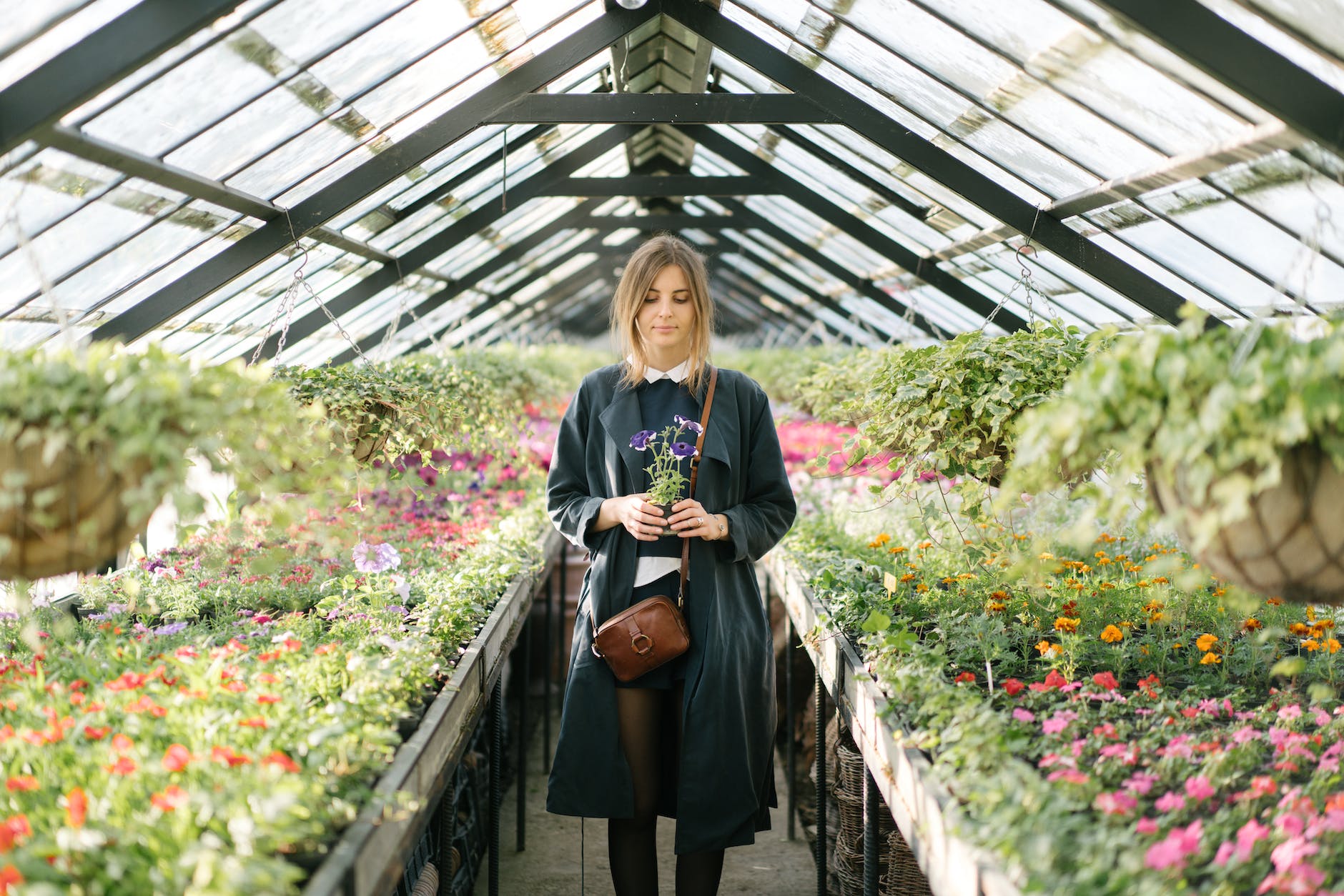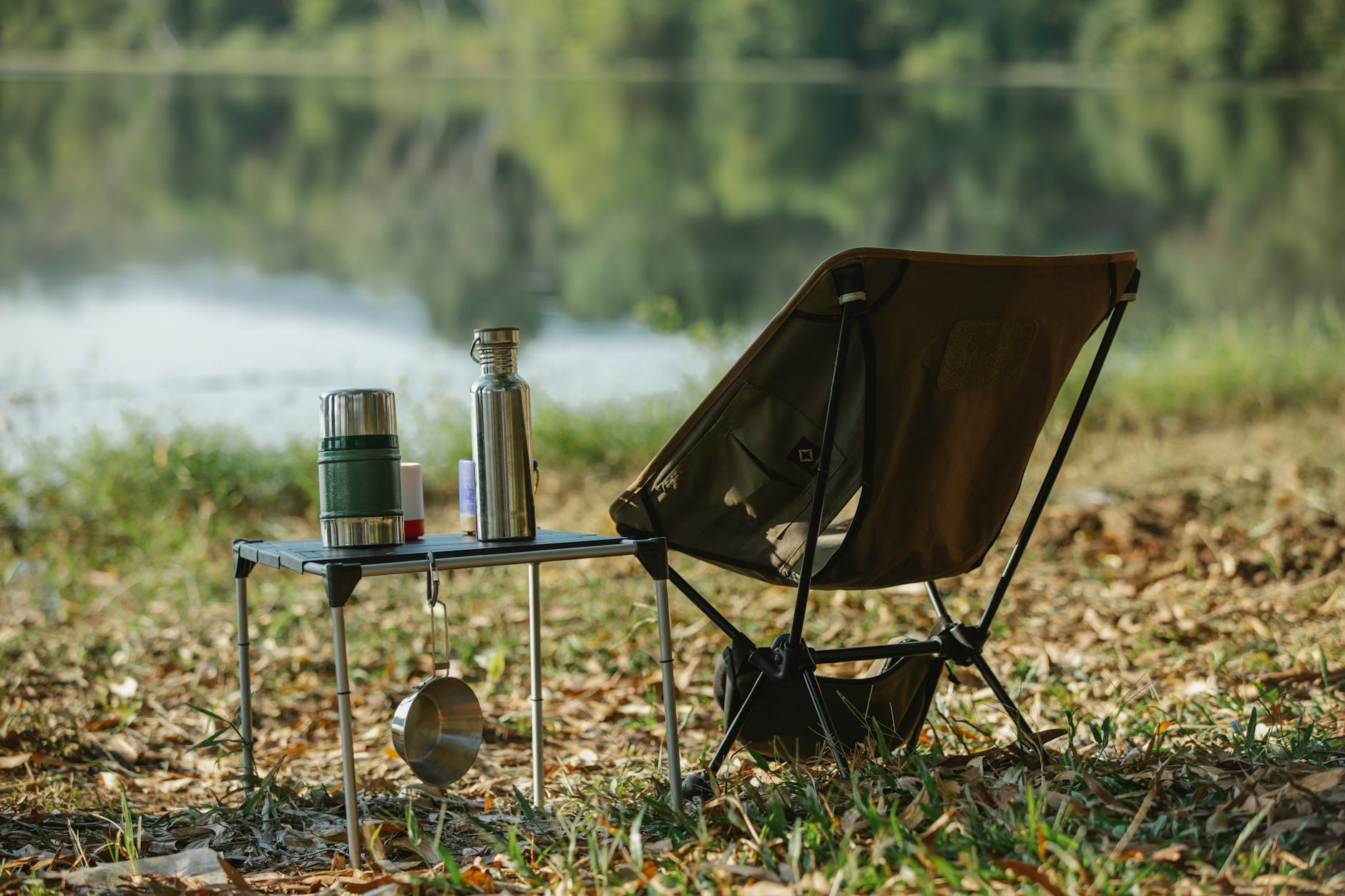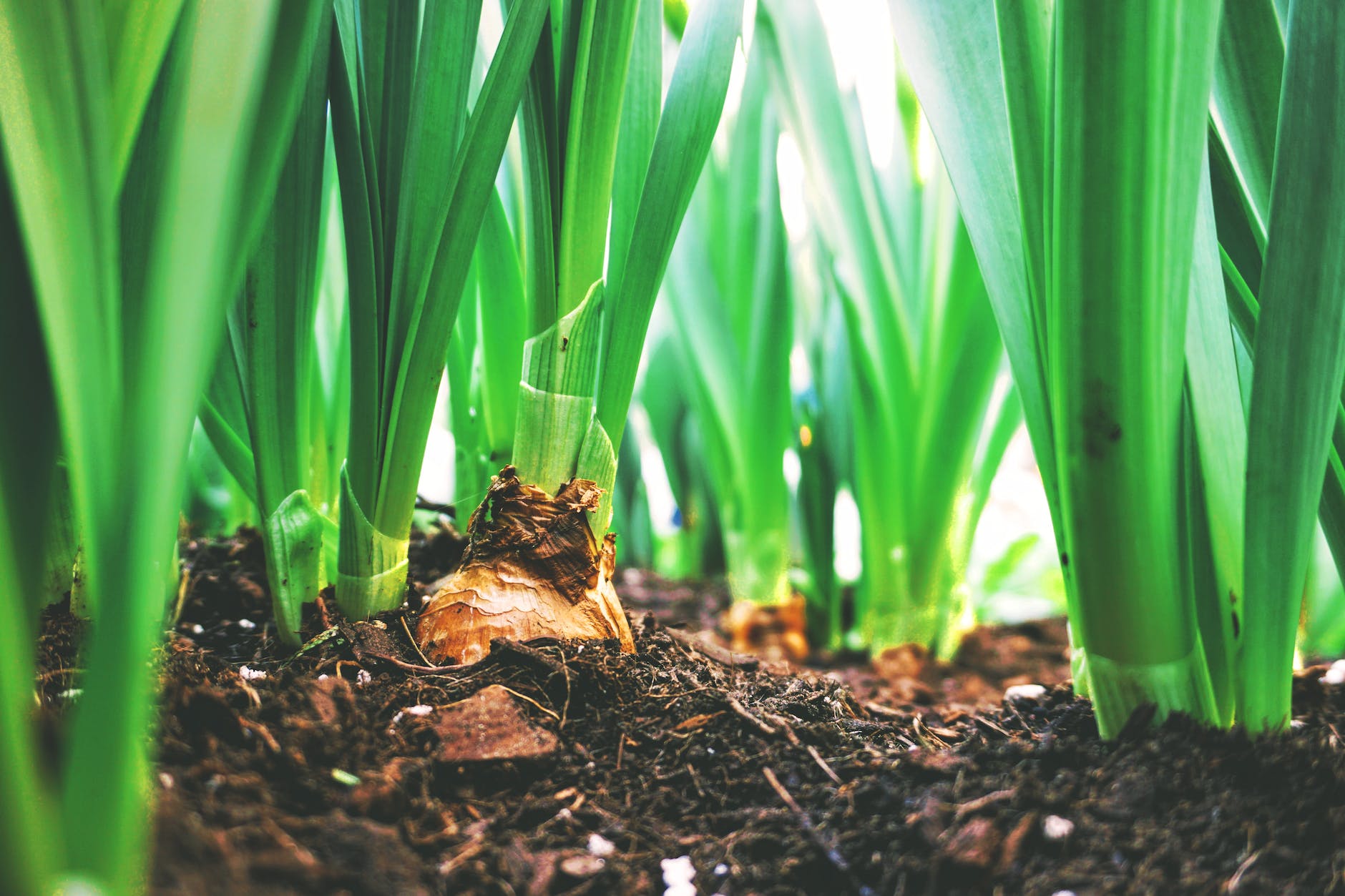An exponentially growing number of individuals and businesses venture into cultivating cannabis, whereas indoor cultivation has particularly gained attention for its controlled and enhanced outcomes. This article will explore essential nuggets for successful indoor cannabis farming from setting up your grow room to harvesting.
This journey down the indoor cultivation pathway begins with choosing the right soil mixtures or utilizing a hydroponic system. If you prefer soil, go for quality brands to avoid nutrient deficiency and excess salts. A good soil mix should include compost or worm castings for microbial life supplementation, peat moss or coco coir for water retention, and perlite or vermiculite for sufficient drainage.soil mixtures
Alternatively, the marijuana world is embracing the hydroponics growing method, eliminating the need for soil. Hydroponics enables your cannabis plants to access water and nutrients directly, accelerating growth and yielding large buds. This method, however, requires regular monitoring of pH and nutrient levels.hydroponics
Grow lights are your plants’ sunlight substitutes and are critical in indoor cannabis farming. Different lights, including High-Intensity Discharge (HID) lights, such as Metal Halide and High-Pressure Sodium, Fluorescent grow lights (T5s and CFLs), and LED grow lights, offer various benefits and drawbacks. Your choice should resonate with factors such as your budget, the size of your grow area, and the particular cannabis strain.grow lights
In indoor cultivation, temperature control is vital for optimized plant growth as the conditions can heat up due to the lights. The optimum temperature during the vegetative stage is between 70-85 degrees Fahrenheit, and during the flowering stage, it is 70-80 degrees.temperature control
Pest prevention can be a nightmare for indoor growers. Adopting strategies such as maintaining cleanliness, avoiding overwatering, regular plant inspection, and using natural pesticides can keep most pests at bay.pest prevention
Proper nutrients are integral to the life cycle of the plant. Plant nutrients majorly consist of macronutrients (nitrogen, potassium, and phosphorous) and secondary nutrients (magnesium, calcium, and sulfur), trace elements.plant nutrients
Several training methods can maximize your indoor cannabis yield. Techniques such as topping, Low-Stress Training (LST), and Screen of Green (SCROG) create a more bushy plant with multiple top buds rather than a single large cola, thus increasing yield.training methods
Pruning, another essential tactic, involves removing the lower limbs and undergrowth of your plants. This redirection of energy to the top buds instigates denser growth there. Remember to stop pruning when your plants are halfway through the flowering stage to avoid stressing them.pruning
Top-dressing, an organic feeding approach, involves adding a layer of compost or other organic matter to your pot’s top soil. This process gradually releases vital nutrients to your plants when you water them.
Lastly, harvesting techniques play a role in the end quality of your cannabis. Harvesting at the right time is crucial. When about 60-70% of the pistils darken and curl, your cannabis is ready for harvest. A magnifying glass assists in examining this.harvesting techniques
Indoor cannabis cultivation offers growers more control over their crops, offering a chance to optimize yield and quality. It requires a careful combination of the right techniques, beginning from setting up the grow room to harvesting the final product. Rock this cannabis cultivation journey with the above nuggets!


